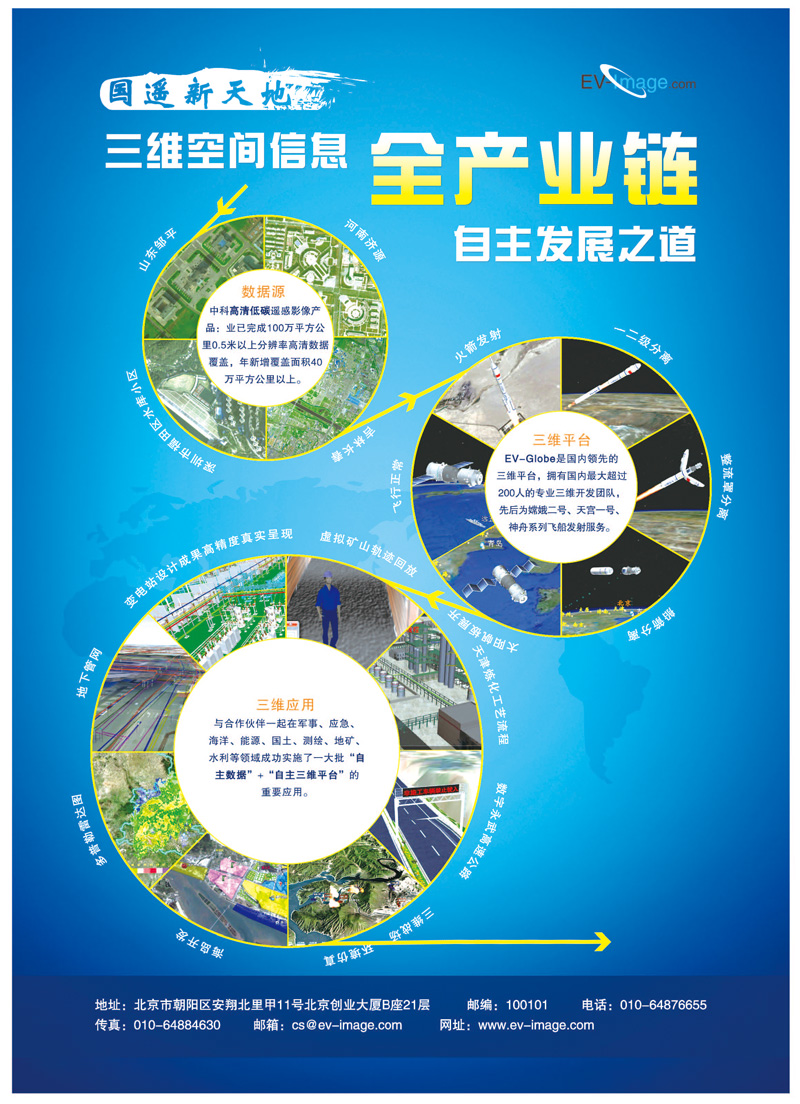WU Shuang, YAN Xiaodong, ZHANG Lijuan
In this study, with the help of emergy value theory and ecosystem service value theory, we established the function relationship between forest emergy value and ecosystem service value in China using the global temperature and precipitation data during 1901-2009 and 1266 sample forest data of major vegetation types in China. Results indicate that: there was a high consistency of the spatial distribution of the Chinese forest ecosystem service value in 1994 between the simulated results by the established function relationship and the evaluation results from Costanza. In particular, the raster number of forest areas in China increased by about 14.02% from 1990 to 2009, and the mean forest ecosystem service value density increased by about 54.46 USD/hm2. In addition, the mean forest ecosystem service value density for Beijing, Shanghai, Jiangsu, Tianjin, Hebei decreased by about 86.87%, 85.45%, 81.99%, 46.48% and 23.07%, respectively, and the mean ecosystem service value density for Henan, Hunan, Jilin, Jiangxi, Heilongjiang and Zhejiang decreased by about 71.35%, 58.65%, 52.70%, 34.56%, 23.36% and 22.03%, respectively. There was also a severe forest destruction in Guangxi, Tibet, Gansu, Inner Mongolia, Sichuan, Yunnan, and Ningxia, and the mean forest ecosystem service value density of those provinces decreased by about 2.89%-22.36%. According to the fourth and seventh National forest survey reports, the forest areas have continually increased in recent years. However, the reports show that the forest ecosystem service value density in several provinces have decreased, and indicate that the forest ecosystem has not been fully recovered. Generally speaking, the forest ecosystem service value is lower than the global average level, suggesting that the forest eco-environment is not good enough in China, and human activities have a tremendous negative impact on the ecosystem.
